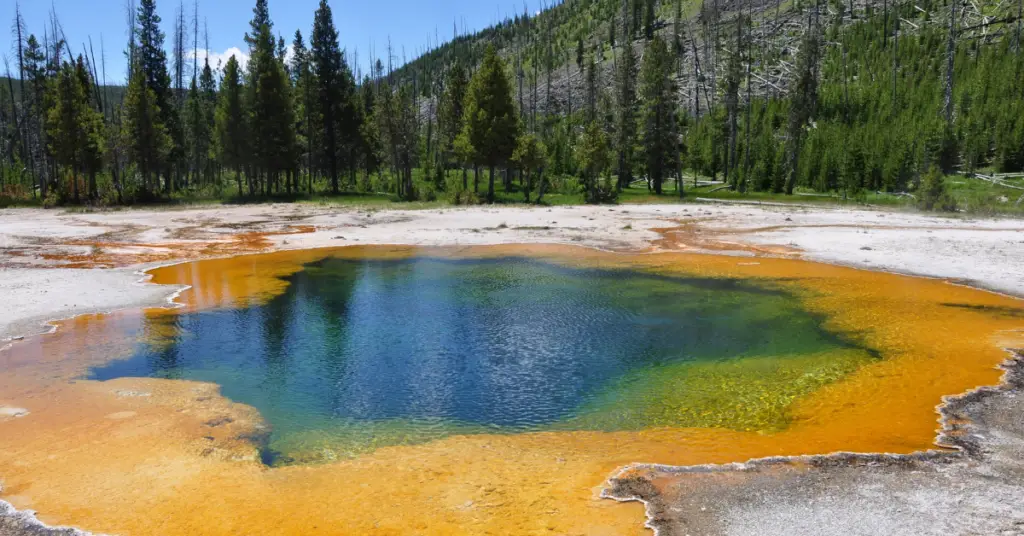Thermal pollution describes localized human-induced temperature changes in the natural world. Aquatic ecosystems represent one of the ecosystems most vulnerable to thermal pollution.
For example, when water is released from big dams, it comes from the colder middle and lower strata of the reservoir, leading to rapid cooling of aquatic ecosystems further downstream.
The opposite is true at power plants that use river water as a coolant; turbines release their heat to the circulating water and then the warmed water is released back into the environment. These abrupt releases of thermally discordant water often lead to thermal shock which can be lethal to fish and other aquatic organisms.
For example, studies from South Africa have shown that thermal shock can kill fish embryos and larvae and cause deformities in the young Clanwilliam yellowfish (Barbus capensis, VU).
The urban heat island effect represents a terrestrial form of thermal pollution. Urban and other developed areas are generally covered with large swaths of man-made surfaces (e.g. asphalt roads, pavement surfaces, and building roofs), which absorb solar energy rather than reflect it.
This absorbed heat, in combination with heat outputs from industrial activities, cause urban areas to function like “islands of heat” that are several degrees warmer than surrounding rural areas. The urban heat island effect reduces the quality of life for people and wildlife by reducing comfort and water availability (due to increasing evaporation).
It also increases energy consumption to offset the heat increases which, in turn, contributes to air pollution and climate change.

Erzsebet Frey (Eli Frey) is an ecologist and online entrepreneur with a Master of Science in Ecology from the University of Belgrade. Originally from Serbia, she has lived in Sri Lanka since 2017. Eli has worked internationally in countries like Oman, Brazil, Germany, and Sri Lanka. In 2018, she expanded into SEO and blogging, completing courses from UC Davis and Edinburgh. Eli has founded multiple websites focused on biology, ecology, environmental science, sustainable and simple living, and outdoor activities. She enjoys creating nature and simple living videos on YouTube and participates in speleology, diving, and hiking.

